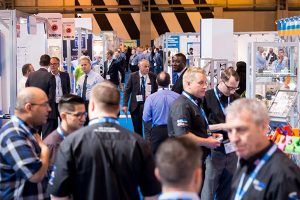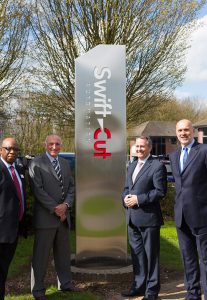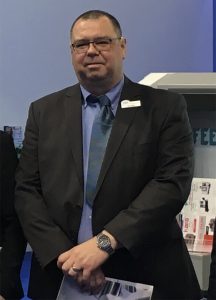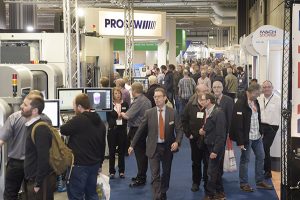Following the announcement that XYZ Machine Tools has entered the 3D printing sector as an official reseller of the HP Jet Fusion, the company has strengthened its sales team with the appointment of Jim Ashby, who will be co-ordinating sales of the system across the south of England.
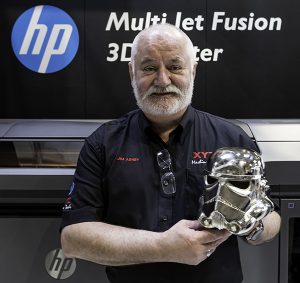
Ashby has extensive experience in metal cutting, having served his apprenticeship at Rolls-Royce where he learnt the skill of looking at solid engineering reasons to do things. Most recently, he has spent eight years working across the 3D printing sector with various companies.
For further information www.xyzmachinetools.com








